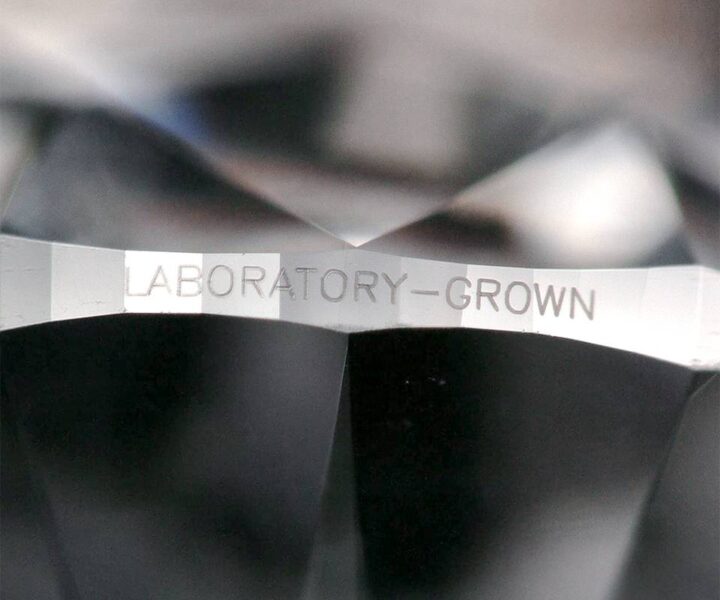The Gemological Institute of America (GIA) will introduce a new descriptive system for laboratory-grown diamonds later this year, replacing the traditional colour and clarity grading scales originally developed for natural diamonds. Laboratory-grown diamonds will still be accepted for evaluation and identification under the revised system.
The new framework will categorise qualifying laboratory-grown diamonds as either ‘premium’ or ‘standard’, based on a combination of characteristics including colour, clarity and finish. Diamonds that do not meet the minimum threshold will not receive a classification. Until the new system is in place, current services for laboratory-grown diamond reports will remain available.
Reflecting Narrow Quality Range
According to GIA, the change reflects the consistent quality range observed in most laboratory-grown diamonds submitted for grading.
“Similar to other man-made gem materials, we anticipate the continued acceptance and popularity of laboratory-grown diamonds. More than 95% of laboratory-grown diamonds entering the market fall into a very narrow range of color and clarity. Because of that, it is no longer relevant for GIA to describe man-made diamonds using the nomenclature created for the continuum of color and clarity of natural diamonds,” said Tom Moses, GIA executive vice president and chief laboratory and research officer.
GIA stated that the change aligns with current practices used for other man-made gem materials and is intended to distinguish more clearly between synthetic and natural diamonds.
Transition Period and Report Validity
Existing GIA reports for laboratory-grown diamonds remain valid. New pricing and submission guidelines for the updated reporting system are expected to be announced in the third quarter of this year.
This change comes amid wider market adoption of laboratory-grown diamonds and forms part of GIA’s efforts to maintain clear distinctions between synthetic and natural products in reporting.
Implications for Jewellers
The introduction of descriptive classifications may require jewellers to adjust inventory labelling, staff training, and customer communication, particularly in explaining the differences between laboratory-grown and natural diamonds.
Further information will be released by GIA once the updated system is finalised.




